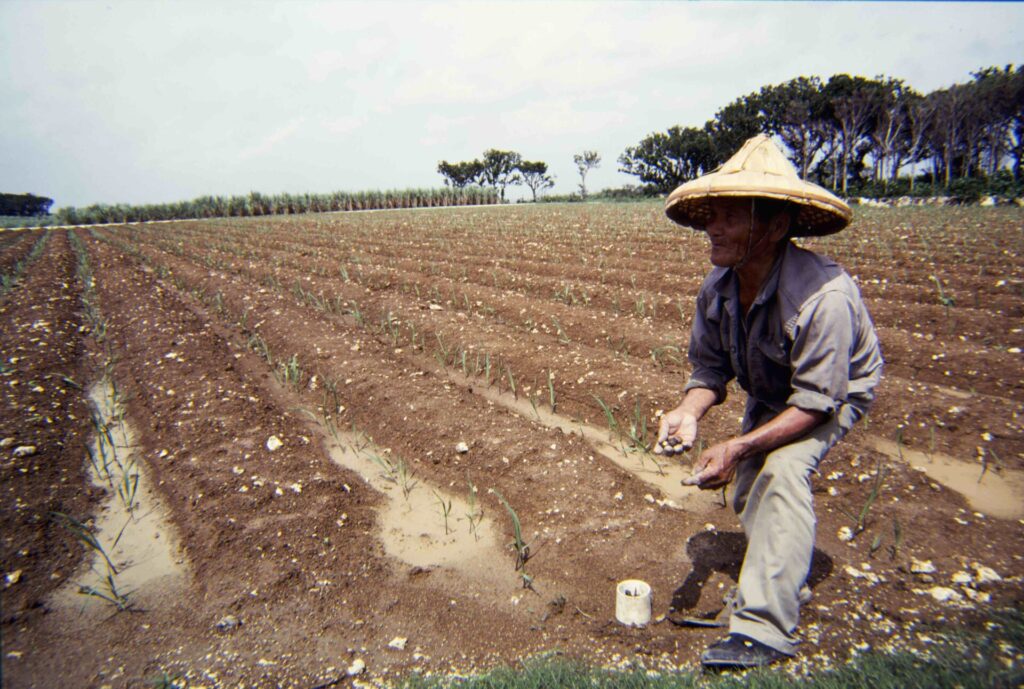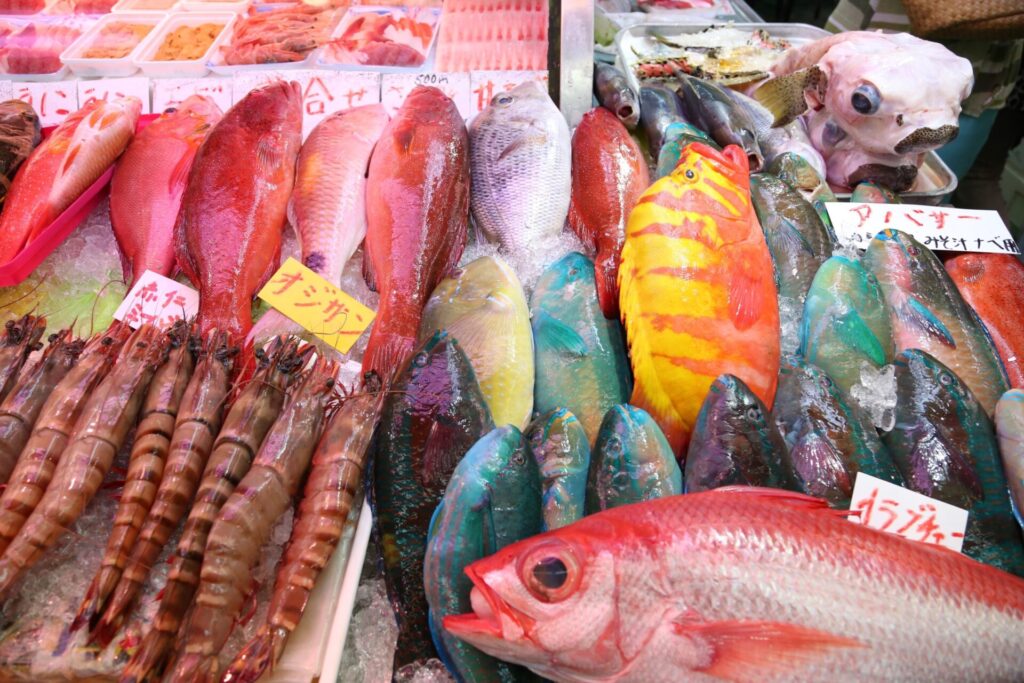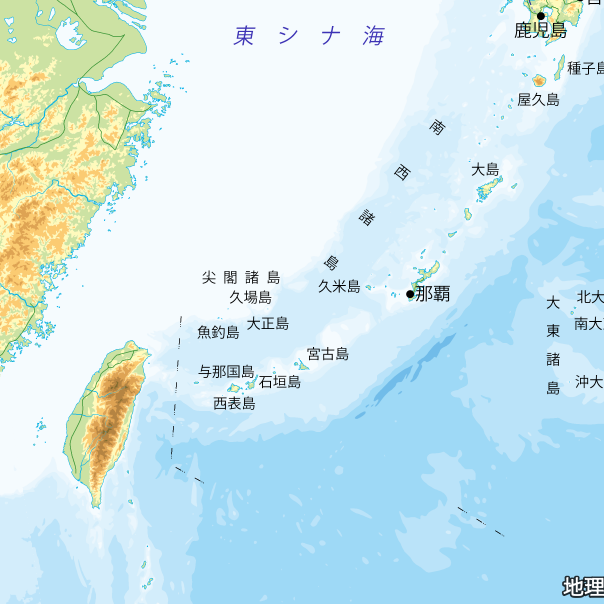CHINA Sadao

During the Okinawan music boom in the early 1990s, there were a not insignificant number of listeners in Tokyo and elsewhere who learned the sound of Okinawan music through Sakamoto Ryūichi’s songs. But China Sadao said, “Sakamoto Ryūichi’s a fake. Don’t listen to him. It’s all right if mainlander Yamato can’t understand me. My songs are the real deal, the real island songs!” You could sense China Sadao’s confidence and pride from his place on the stage. He’s now an elder of the Okinawan folk music scene, and his 2009 six-CD collection Shimauta hyakkei—One hundred famous views of island songs—is an irreplaceable island song discography which went on to win the 51st Annual Japan Record Awards Planning Award.
China has also worked as a producer, putting the folk girls choral group Nēnēs out into the world in the summer of 1990. Nēnēs means “the big sisters,” and the four members were Koja Misako, Yoshida Yasuko, Miyazato Namiko, and Hiyane Yukino. Koja had originally been a member of the Okinawa-chans, who toured Europe as backing vocalists for Sakamoto. The Nēnēs have had a rotating roster with numerous members since their founding, and they’re still performing today.
Koja has said, “No matter the times, island songs will never die. So long as you have one sanshin1 you can sing an island song anytime, anywhere,” but the Nēnēs integrated things like synthesizers and performed and sang in a style polished to more modern tastes in order to keep the interest of Yamato listeners. Their first album IKAWU, released in spring of 1991, was lauded for the singers’ beautiful, strong, resonant voices and their approachable arrangements.
Recently, in a press interview, China opined, “Back in the day Okinawa was brimming with songs, and I don’t want to turn back the clock, but don’t you think it’s about time the islands brimmed with songs again?” A grand romance unfurling around the islands of song. But what about the mainland beyond Okinawa. Are the regional songs of each place living on there? When compared to Okinawan, are they not now in a more terrible state? China disparaged the state of the feckless Yamato, but I wonder. What do you think?
Editor’s note:
- A three-stringed banjo-like instrument found in Okinawa and Amami Islands.




































































































































































































































